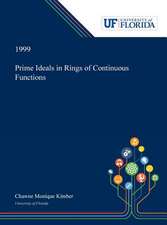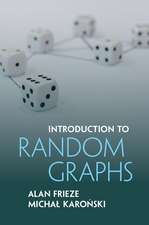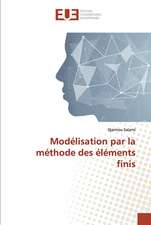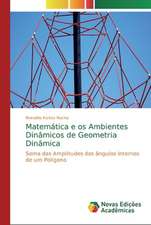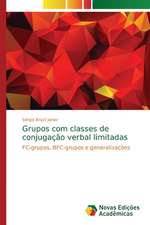Sampling Methods for Allied Research – Text and Cases +D3
Autor P Tryfosen Limba Engleză Paperback – 19 mar 1996
Preț: 1325.69 lei
Preț vechi: 1816.01 lei
-27% Nou
Puncte Express: 1989
Preț estimativ în valută:
253.70€ • 275.48$ • 213.11£
253.70€ • 275.48$ • 213.11£
Carte tipărită la comandă
Livrare economică 22 aprilie-06 mai
Preluare comenzi: 021 569.72.76
Specificații
ISBN-13: 9780471047278
ISBN-10: 0471047279
Pagini: 456
Dimensiuni: 189 x 234 x 25 mm
Greutate: 0.95 kg
Ediția:0011
Editura: Wiley
Locul publicării:Hoboken, United States
ISBN-10: 0471047279
Pagini: 456
Dimensiuni: 189 x 234 x 25 mm
Greutate: 0.95 kg
Ediția:0011
Editura: Wiley
Locul publicării:Hoboken, United States
Public țintă
Professionals in Business, Health Administration, Economics, Political and Social Sciences, Students and Professors of Survey Sampling.Notă biografică
About the Author Peter Tryfos is Professor of Management Science, Faculty of Administrative Studies, at York University, Ontario, Canada. He is the author of a text, Business Statistics, published in Canada by McGraw-Hill Ryerson, and a number of articles in applied statistics that have appeared in the Journal of the American Statistical Association, Management Science, Operations Research, and other journals.
Descriere
An excellent introductory that uses simple numerical illustrations to provide an intuitive understanding of concepts and confirm major results. Describes various methods for sample selection and estimation including unequal probability sampling and the prediction approach.
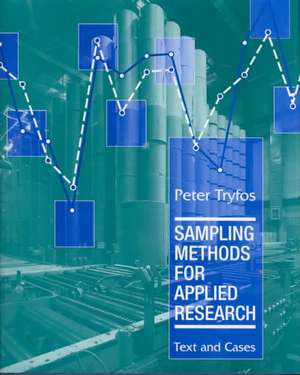
![On the Lattice of [pi]¿¿ Classes](https://i0.books-express.ro/bt/9780530000954/on-the-lattice-of-pi-classes.jpg)
